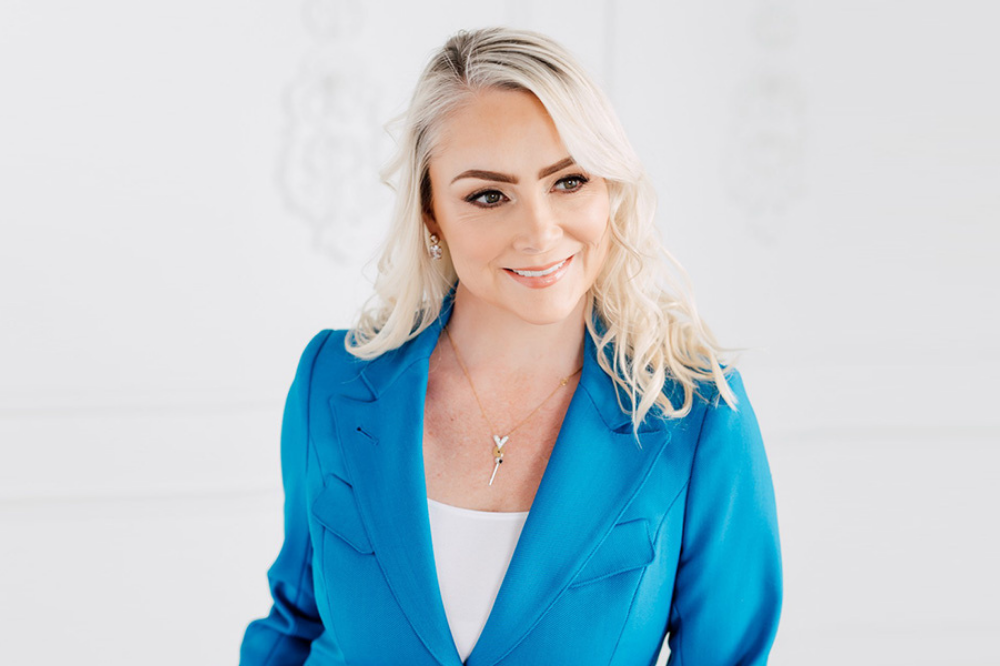Advisor says retirement landscape has shifted and clients must understand their sustainable withdrawal rate

Hard conversations with pre-retirees are needed to avoid sequence-of-returns risk and maintain the principal value of their portfolio in these trying times.
Investors contemplating retirement and drawing money out of their portfolios are faced with low interest rates and volatile markets. Gone are the days – for now at least - of planning your later years amid the comfort of a smooth bull market.
Robyn Thompson, president of Castlemark Wealth Management, told WP it’s vital clients understand what their sustainable withdrawal rate can be in order to avoid depleting assets. This can be done based on rate of return, tax and what sort of spending they have planned for retirement.
While she stressed that there is no magic formula for withdrawing money out of a portfolio, Thompson said it’s important to create that tax-efficient income stream. To do this, she looks at three different areas to layer income.
The first consists of reliable income streams that are not tax efficient, such as employer pensions, annuities and any income tied to government or employers. These are taxed at your marginal tax rate and are a good foundation.
Then Thompson forms a tax efficient layer that looks at sources of income you can control, including things like interest, dividends or capital gains. These are non-registered accounts where you can time the withdrawal of money. This means you can understand what years will trigger income versus dividend versus capital gains, allowing you to look at mutual fund distributions, systematic withdrawal plans, or corporate class mutual funds.
Thompson said: “The second layer is about really timing that income you’ve got coming into your household, or the pure cash flow in your bank account, so you can understand how long it's going to last.”
The final piece is the equity from a home but Thompson often recommends clients stay within their portfolio. She added: “Some clients tend to use that as their safety hedge in the event that, later in life, they require capital for medical treatment.”
In the cases where expenses exceed their income, clients are advised to reduce spending to keep the portfolio value intact. Thompson said that many people find this scenario easier to digest in real estate terms.
She explained: “It’s almost like you own your home, but you're renting it out. It's the income you need to stay focused on.
“An investment portfolio where you're seeing the markets rise and fall all the time, and you're invested in securities, especially the dividend-paying securities, such as the banks which pay higher rates, means that the value of the portfolio is going to rise and fall.
“But really what you're looking for is to generate on the income that's being derived from that portfolio and not to dip under the capital to allow it to recover.”
With income providing a challenge, many people are continuing to work part-time or take consultancy work. If they are still eroding their principal at a significant rate, some budgeting 101 is needed.
Each case is different, of course, and it depends on where you are at in the retirement cycle and what choices you have. For example, if you have a RIFF there is the option this year, because of COVID, to reduce the amount coming out by 25%.
Thompson said: “It’s really about understanding the different types of investments that you have and understanding the different types of income sources you have, and layering it appropriately so you're able to keep that portfolio intact.
“If you do get to a point where there is no way for you to get into the portfolio without seeing some erosion, then it's important to look at withdrawal rates, sustainability rates and what that looks like for your portfolio over periods of time.
“It’s also about [clients] getting some professional help to understand what the different scenarios would be if you continue to withdraw at a rate above the cash flow being generated.”
The pandemic has brought concerns about the long-term cost of healthcare to the fore and clients have become more aware of the need to protect themselves by having access to capital if they become ill.
The Toronto-based advisor expects the markets to rise and fall until a vaccine becomes widely available, while interest rates are forecasted to be low through 2023 at least. She said this means a significant shift in how portfolios are managed and that if you look under the hood and take a look at some of the sectors that turn the economy, such as financials, many remain “under water”. She added: “There are obviously sectors like technology that bring up the markets, but when you look at what revs the engine of the economy, those continue to suffer, especially the financials and the value plays, and I believe these will be the last ones to recover.”
It is, therefore, about staying with quality and staying with companies that you believe will continue to pay dividends and survive COVID-19. Ultimately, stick to your plan and don’t be tempted by those high yields.
She added: “This isn't the last time that we're going to see the market move by an unknowable event. It’s important to sit down with the client and have a solid understanding and conversation about what their needs are and how to structure the portfolio to deliver upon that need with income layering. Where we are in the market is so important because, obviously, you want to avoid that sequence-of-return risk.”



